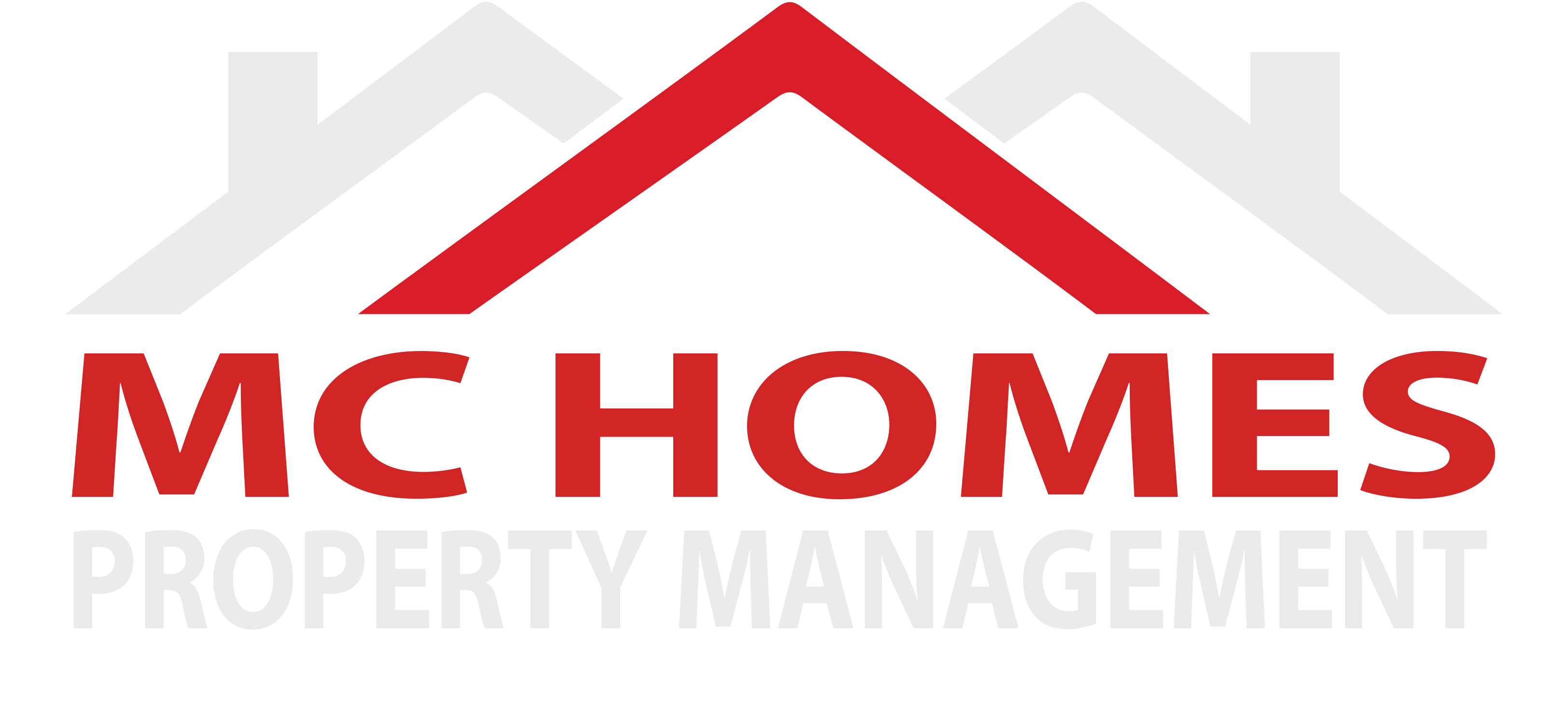Chapter 2: Basics of Meeting Structure
In Chapter 2, we delve into the fundamental elements that compose the structure of a meeting. Understanding these basics is essential for ensuring that meetings run smoothly and effectively. Let’s explore each aspect in detail.
- Opening of the MeetingEvery meeting begins with an opening, which sets the tone for what follows. The opening typically includes:
- Call to Order: The chairperson or presiding officer officially opens the meeting by calling it to order. This signifies the beginning of the meeting and signals to members that it’s time to commence proceedings.
- Establishment of Quorum: Before any official business can be conducted, the presiding officer confirms whether the minimum number of members required to constitute a quorum is present. If a quorum is not met, the meeting may need to be adjourned or postponed until a later time.
- Approval of Agenda: Once quorum is established, the agenda for the meeting is presented for approval. The agenda outlines the topics to be discussed and the order in which they will be addressed. Members may suggest additions or modifications to the agenda before it is finalized.
- Conducting BusinessWith the opening formalities completed, the meeting proceeds to the heart of its purpose: conducting business. This typically involves:
- Presentation of Reports: Members or committee chairs may present reports on various matters relevant to the organization or assembly. These reports provide updates on ongoing projects, activities, or financial matters.
- Introduction of Motions: Members have the opportunity to introduce motions, which are proposals for action or discussion. Motions can cover a wide range of topics, from approving minutes to allocating funds or making policy decisions.
- Debate and Discussion: Once a motion is introduced, it is open for debate and discussion among members. The presiding officer moderates the discussion, ensuring that all members have an opportunity to express their views while maintaining order and decorum.
- Voting: After debate concludes, the motion is put to a vote. Members indicate their support or opposition to the motion through various voting methods, such as voice vote, show of hands, or ballot vote. The outcome of the vote determines whether the motion is adopted or rejected.
- Adjournment of the MeetingAs the meeting nears its conclusion, it is essential to properly adjourn proceedings. This involves:
- Announcement of Adjournment: The presiding officer announces the conclusion of the meeting and officially adjourns proceedings.
- Final Remarks: Before adjourning, the presiding officer may offer final remarks, thank members for their participation, or provide any necessary announcements or reminders.
- Recordkeeping: It’s important to ensure that accurate minutes of the meeting are recorded, capturing key decisions made, actions taken, and any other relevant information. These minutes serve as the official record of the meeting and may be distributed to members or retained for future reference.
Understanding the basics of meeting structure lays a solid foundation for conducting productive and efficient meetings. By following established procedures and protocols, organizations and assemblies can ensure that meetings are conducted in a fair, orderly, and transparent manner, ultimately leading to better decision-making and outcomes.


Comments are closed